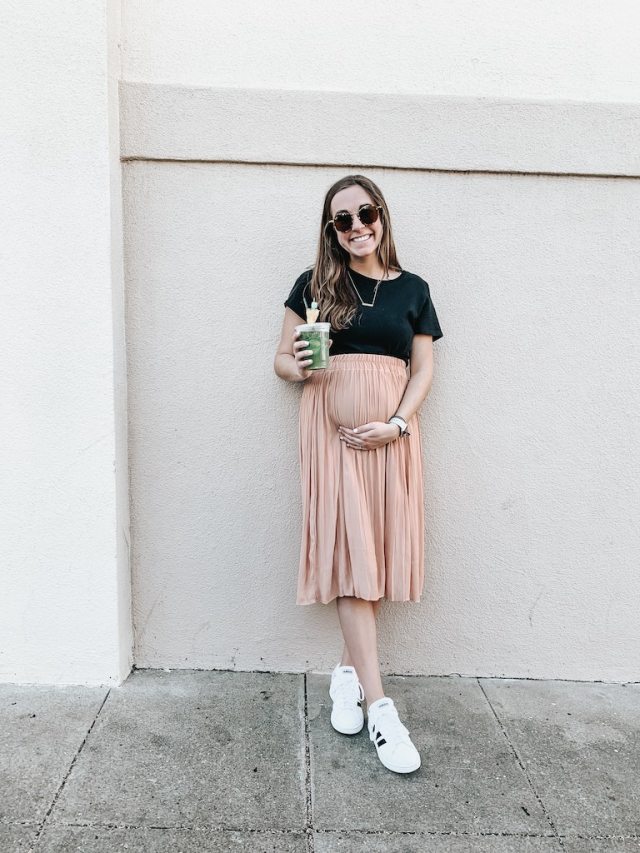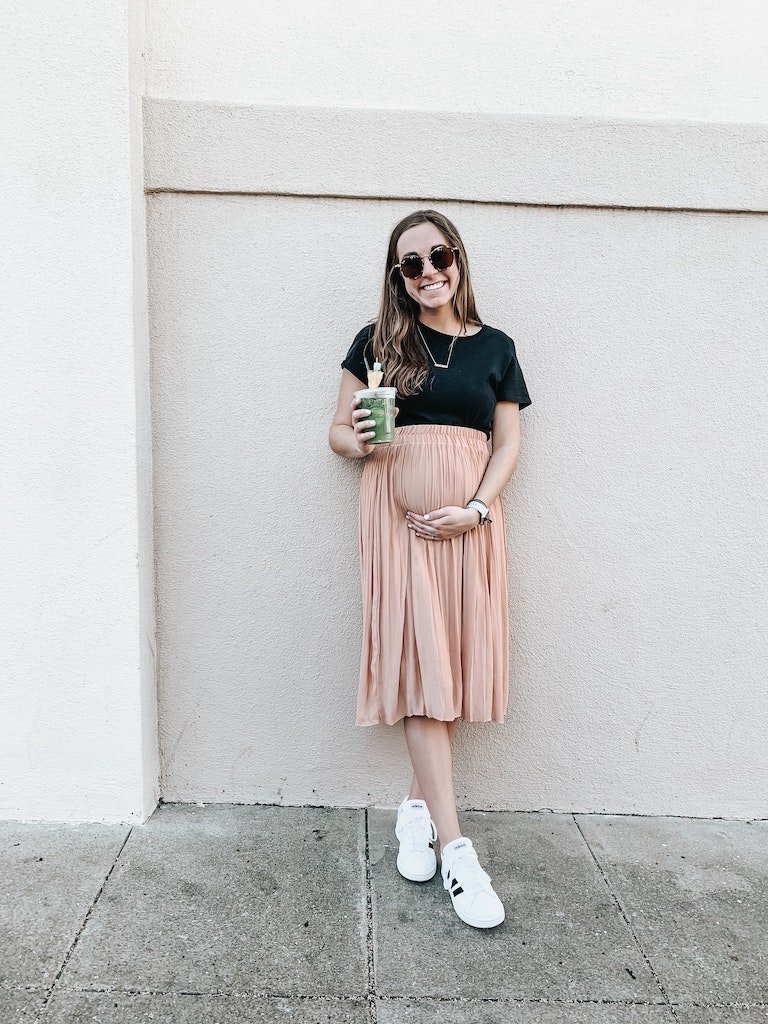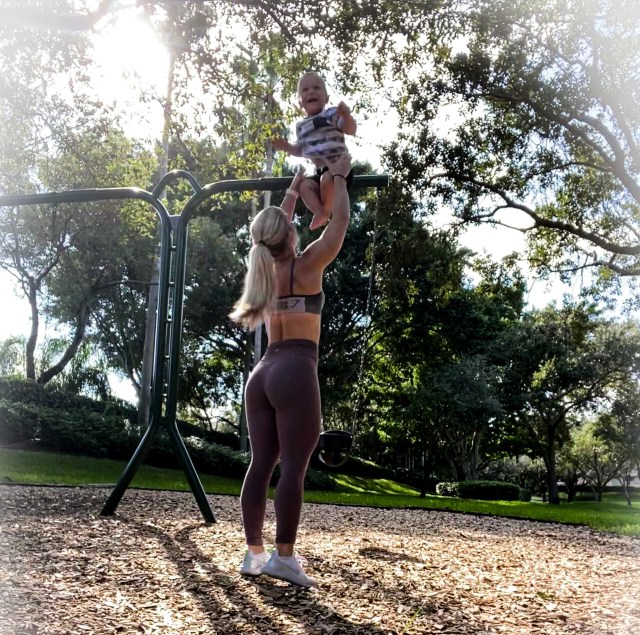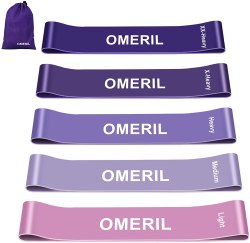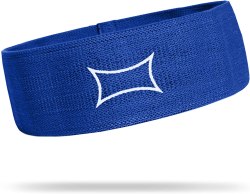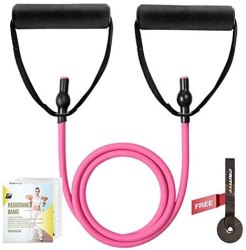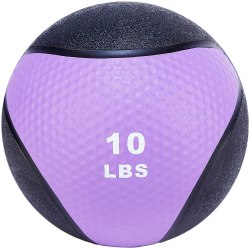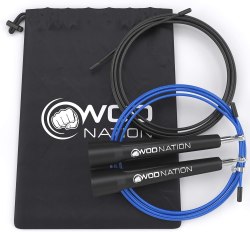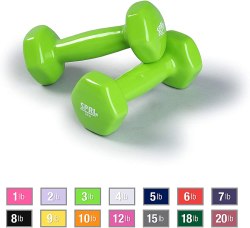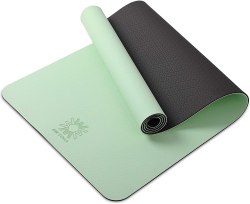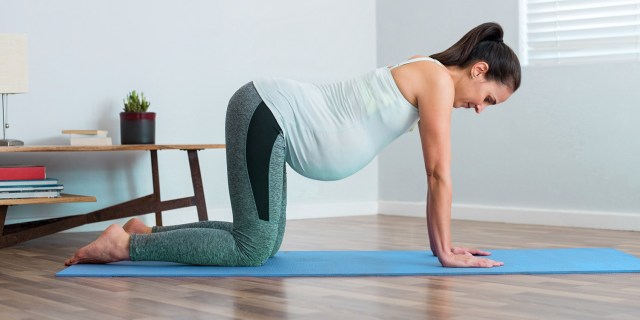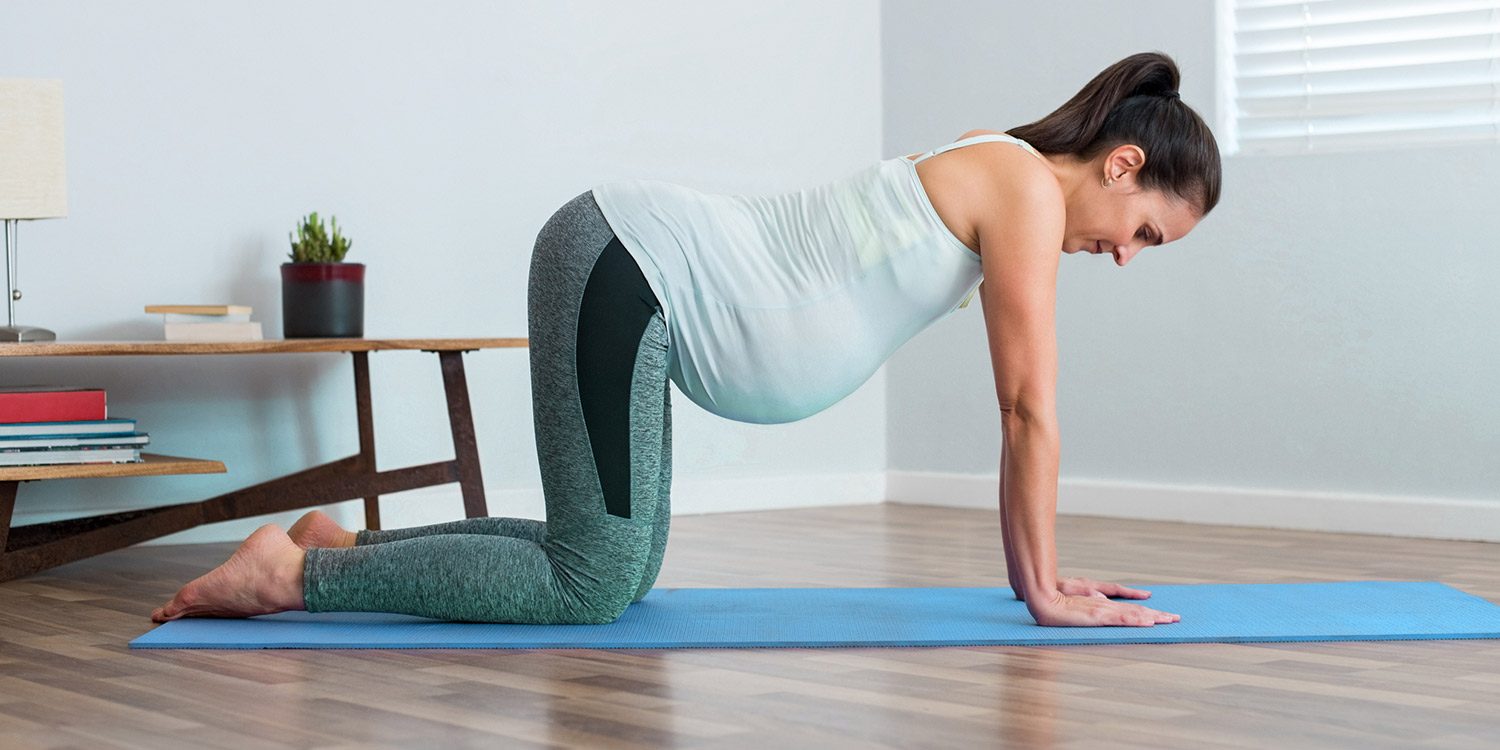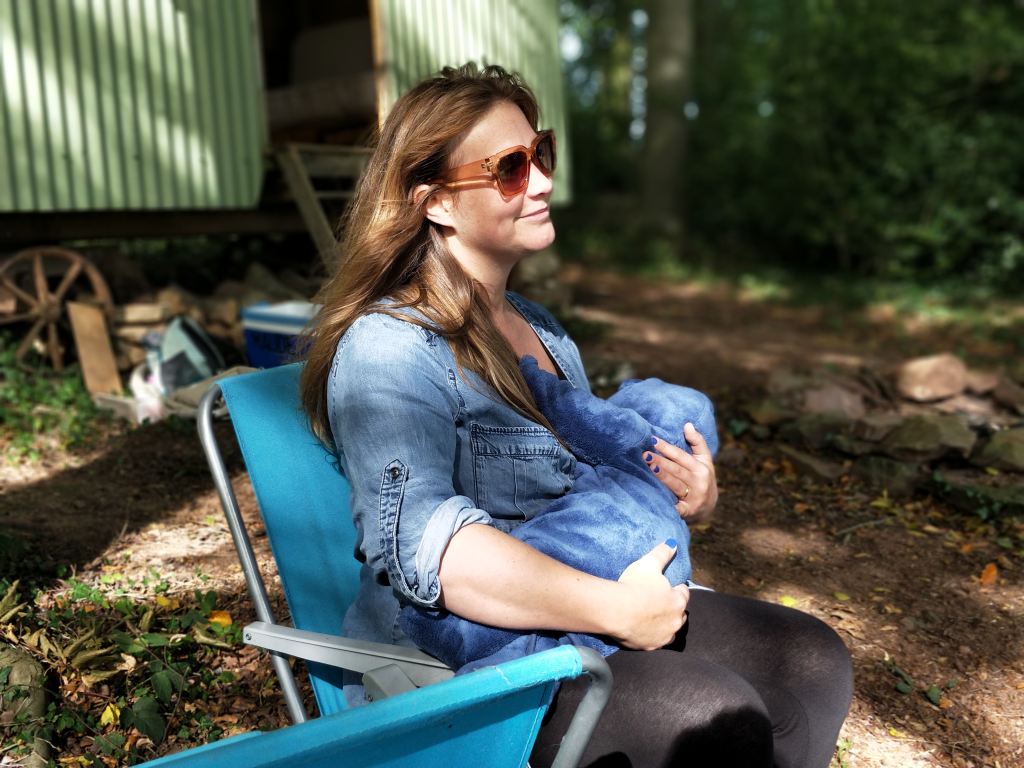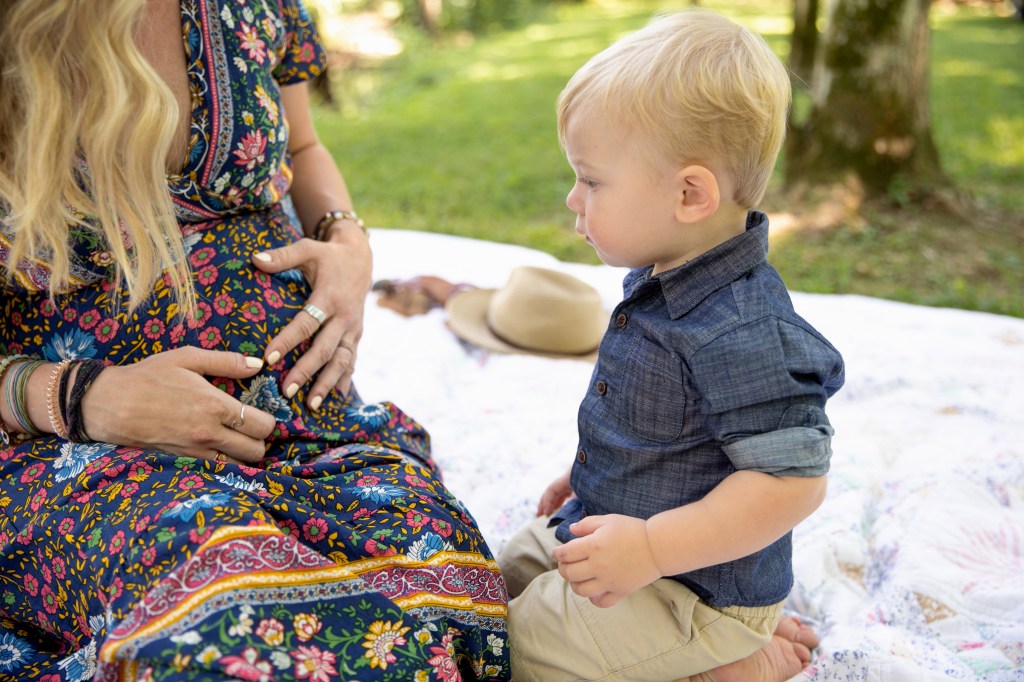
I don’t hate my husband as a person. He’s not a bad guy. He’s a good husband and a great dad. But I hate that he gets to be the dad.
Let’s face it: dads have it easy. I’m sure every dad reading this instantly balks and is starting their own list of how they have it harder.
Let me break it down for you. Moms grow this tiny human in her body for nine, long, excruciating months. We suffer morning sickness, sore boobs, and massive weight gain, which can take years to lose, if ever.
We have to push this tiny human out of our bodies, which is the most pain one will ever feel in their lifetime. Not to mention burning agony every time we pee for days after.
If one goes the c-section route, it’s not any better. For days it will hurt just to walk. And gosh forbid we stretch the stitches wrong.
Then there’s the infant stage. Men somehow can sleep through every squawk and wail. So that leaves it up to us moms to change their diapers and either nurse them or make a bottle and try to get them back to sleep.
How many diapers do dads change, especially when it’s a blowout? One excuse I’ve heard many times is moms are just better at that stuff. Can I tell you something? It’s not because we’re better at it. We’re just better at sucking it up and doing what needs to be done.
Dads get to go to the bathroom alone. Not once does a kid barge in while they’re doing their business to tell them something mundane. Sure, moms could lock the door, but then we have tiny fists pounding on it as they scream to let them in.
Moms are the keeper of the monitor. When the monsters you’ve created are finally asleep, moms are the ones who always have to keep an ear and eye on the monitor, ready to jump up and console the little ones before they fully wake and will take hours to get back asleep.
How many baths do dads give their kids? For example, I will use my family. We have four kids. Let’s average two baths a week. Bath twice a week for their first six years. 2×52 = 104 baths a year for one kid times 6 years= 624 x 4 kids = 2496. Guess how many my husband has given. Two. Two baths out of almost 2,500.
Kids come to mom for almost everything. Anytime mom is in the shower, kids will want a snack or can’t find a toy, they barge in and ask mom even though dad is sitting on the couch, readily available.
When it’s time to go somewhere, moms must get little ones ready. We fight to get shoes and coats on. The whole while, dad stands there, repeating that it’s time to go as shoes sail past his head.
If the family is going away on vacation, dads pack their stuff up and are done. Moms need to pack up the children’s clothes, spare clothes, favorite stuffed animals, things to do in the car. If she is lucky, she won’t forget any of her stuff when it’s time to leave.
Moms are the finder of all things. Kids are notoriously known to lose a vast array of items. Most likely because they never put things back where they belong. Kids and dads alike will spend an hour looking with no luck. Moms will come along and find whatever it is in a place right in front of their faces.
When dads get sick, they’re allowed to rest in bed all day. And I mean ALL damn day. While moms have to keep kids entertained, play referee, and make meals between puke fests to the bathroom.
When kids are sick, who do they want? Mom, of course. We’re the ones up most of the night holding the puke bowl and monitoring temperatures. We’re the ones who get puked on because we fell asleep for ten minutes next to them while dad gets to sleep peacefully alone.
After dealing with all the headaches we moms go through, I’ve decided in my next life, I want to be the dad.







